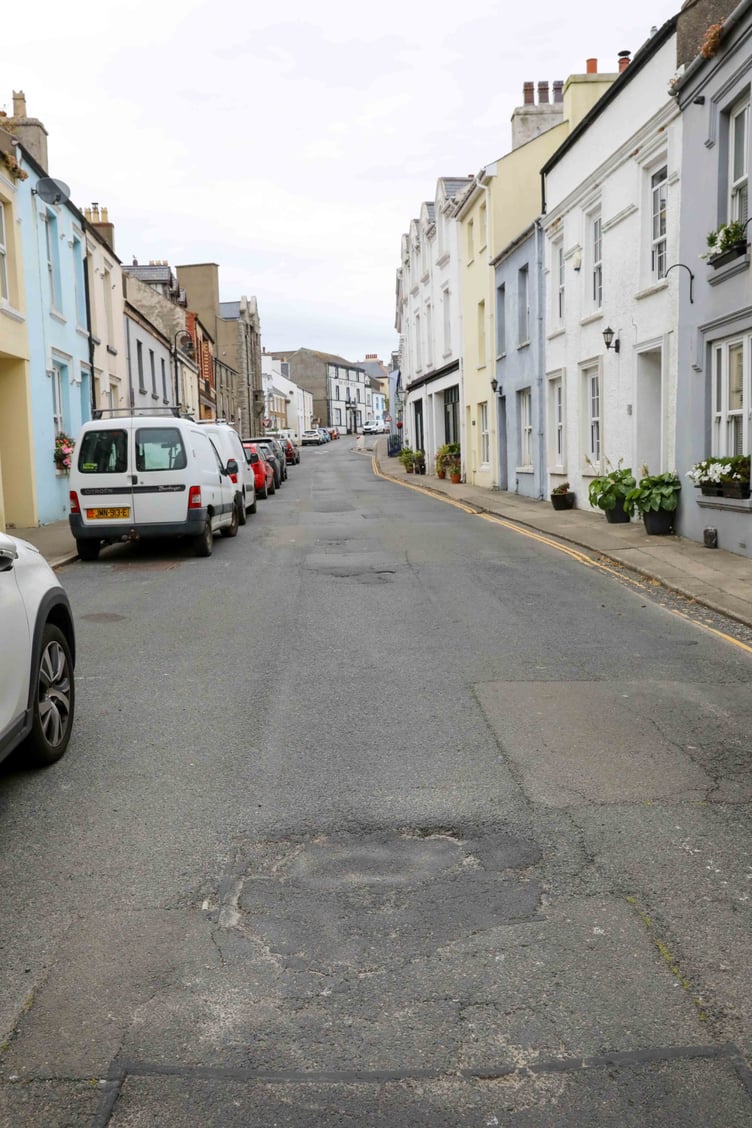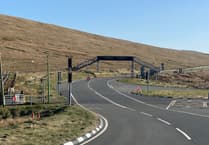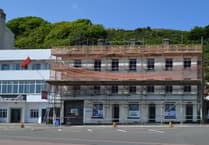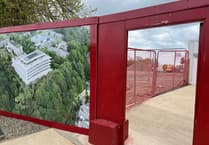A £400,000 scheme to revamp a tired village high street has been rejected – by the same department that proposed it.
Port St Mary Commissioners submitted a Freedom of Information request to find out why the project had not been brought forward.
The board asked how many times a business case had been put forward and refused within the last 10 years due to it not meeting the criteria or any other reason.
The highway services division of the Department of Infrastructure put together a business case for the reconstruction of High Street in July last year.
But in its response the DoI said: ‘The business case was not supported by the department and was not submitted to the Treasury for consideration.’
It said there were three criteria set out for capital bids – that there was a clear and essential benefit to the local economy, an already approved commitment and that the bid should be cost-neutral.
High Street is about 120 metres long and forms a key part of the centre of Port St Mary, with historic buildings such as the old police station and bank, notes the highways division business case.
The street used to have many shops and small businesses but is now mostly residential.
It also forms a through route for traffic and buses from the harbour up towards Bay View Road and the rest of the village and onwards.
The existing road, extensively patched and reinstated from highways and utility works, is now showing failure in several locations, says the highways division.
Its business case states: ‘There are a high number of surface defects such as potholes reported by the public and our inspectors each year on this section of road.
‘The commissioners support these works and have identified High Street as a priority for them due to its poor condition.’
Highways officers looked at four options – do nothing, plane and inlay, lay a thin ‘microasphalt’ over the road and footways, and full reconstruction.
They recommended the latter, at an estimated cost of £397,084.
This would bring the road up to ‘as new’ condition and give it 40 years before any further major works would be required.
This option ‘addresses the long-term issues and provides improvement rather than repeated failure repairs’ such as patching and pothole repairs, the business case concludes.
If it had been given the go-ahead, construction would have begun in the current financial year (2022-23) and would be complete within about two years.
But as the Freedom of Information response makes clear, the business case was never submitted to Treasury as it was not supported at department level.
At this month’s board meeting, commissioners were told that a second FoI request has been submitted, this time to Treasury, to find out the reasons why the last bid for the restructuring of the High Street was turned down.

.png?width=209&height=140&crop=209:145,smart&quality=75)



Comments
This article has no comments yet. Be the first to leave a comment.